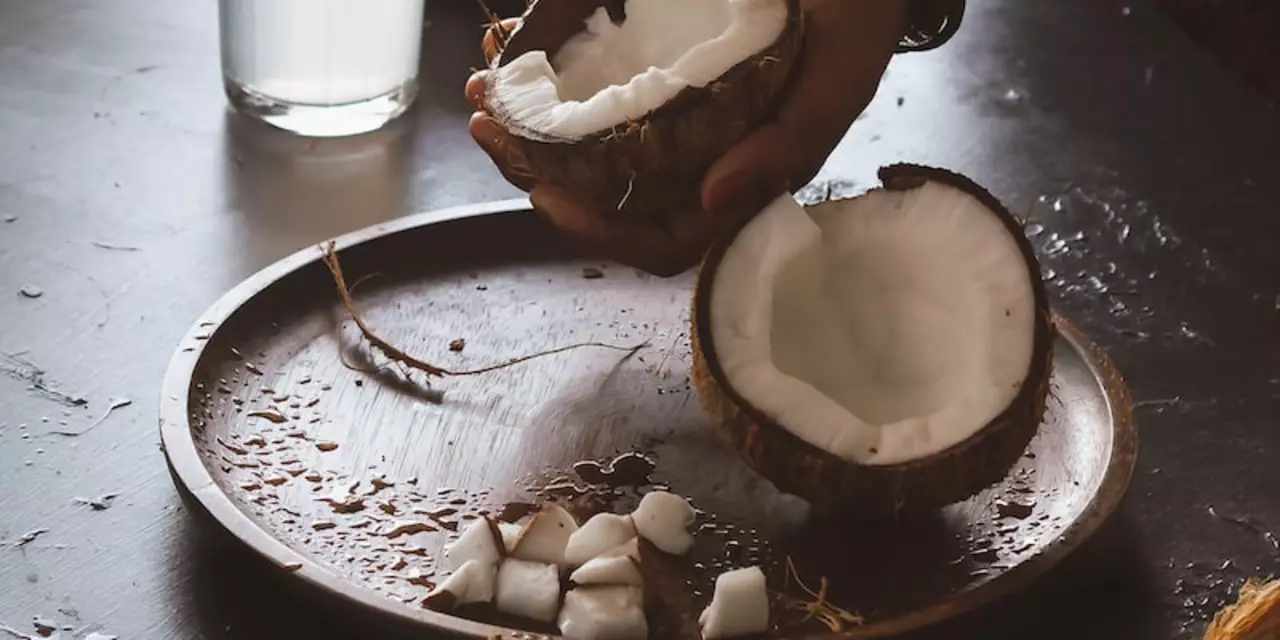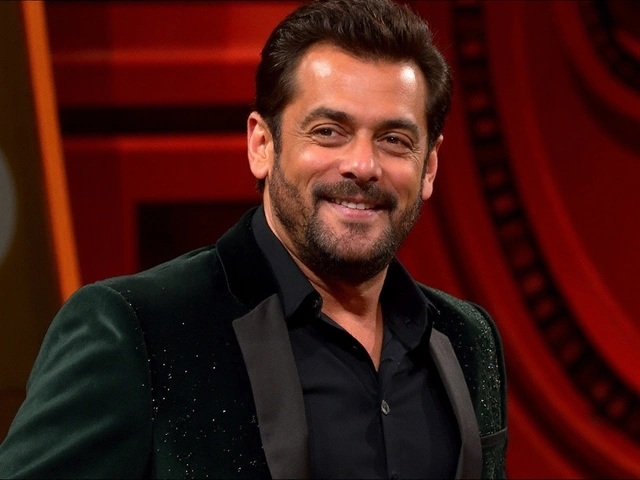Comparative Politics – How India Stacks Up Against Brazil
Did you know India is home to more than 1.4 billion people, while Brazil’s population sits around 213 million? Those numbers alone set a different stage for each country’s challenges and opportunities. In this guide we’ll break down the biggest points of contrast – from economic headlines to cultural vibes – so you can see which nation edges ahead in key areas.
First, let’s talk money. India’s GDP growth has been hovering around 6‑7 % per year for the past decade, driven by tech services, manufacturing, and a fast‑growing middle class. Brazil, on the other hand, has seen a steadier 1‑2 % rise, buoyed mainly by agriculture and commodity exports. While India’s sheer size gives it a larger overall economy, Brazil’s per‑capita income is slightly higher, meaning an average Brazilian earns more than an average Indian.
Key Differences in Economy and Culture
When you compare job markets, India’s tech sector is a global magnet – think of Bangalore as “Silicon Valley of the East.” That creates high‑skill jobs and a booming startup scene. Brazil’s strength lies in farming, mining, and energy; its fertile lands make it the world’s biggest coffee and soy producer. Culturally, both nations pulse with music, food, and festivals, but they never sound the same. India’s diversity spans dozens of languages and religions, while Brazil mixes African, Portuguese, and Indigenous roots into a distinctive rhythm you hear on the streets of Rio.
Both countries face poverty, but the shape of the problem differs. India’s Gini index – a measure of inequality – sits around 35, indicating a wide gap between rich and poor. Brazil’s index is slightly lower, near 34, yet both scores reflect serious disparities. Social safety nets in Brazil, such as Bolsa Família, have lifted millions out of extreme poverty, while India’s programs like Mahatma Gandhi National Rural Employment Guarantee Act (MGNREGA) target rural joblessness.
What the Numbers Say About Growth and Inequality
Looking at education, India boasts a massive university system and a growing number of STEM graduates, but quality varies widely between urban and rural areas. Brazil’s literacy rate is higher, and its public schools tend to perform better on average, though regional gaps still exist. Health outcomes follow a similar split: India’s life expectancy has risen to around 70 years, while Brazil sits near 75 years, thanks to a more extensive public health network.
Infrastructure also tells a story. India is rapidly expanding its highway and rail networks, and its ambitious “Digital India” plan pushes broadband into remote corners. Brazil’s road and port systems are more developed for exporting goods, but the country still wrestles with congestion in major cities like São Paulo.
So, is India the better country? It depends on what you value. If you’re looking for fast‑moving tech jobs, a huge consumer market, and cultural depth, India often leads. If you prefer higher per‑capita income, stronger agricultural exports, and a more uniform health system, Brazil has the edge. Both face big challenges – poverty, inequality, and the need for better public services – but each also brings unique strengths to the global stage.
Is India a better country than Brazil?
India and Brazil are two countries with many similarities and differences. India has the world's second largest population and a diverse economy, while Brazil has the fifth largest population and a booming economy. India has a vibrant culture, while Brazil has an exciting culture. Both countries have high levels of poverty, but India has greater inequality than Brazil. India has a strong education system and a large middle class, while Brazil has a strong agricultural sector. In conclusion, India is a better country than Brazil in terms of economic growth and cultural diversity, although both countries have their share of poverty and inequality.





